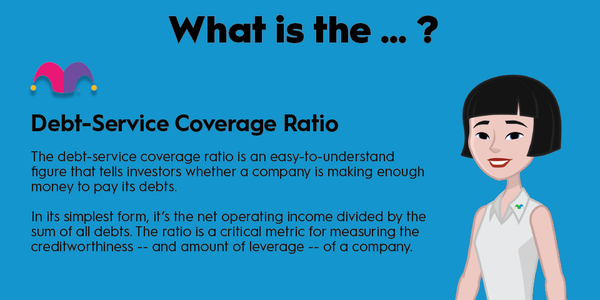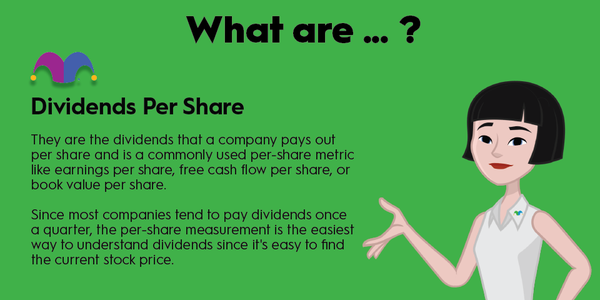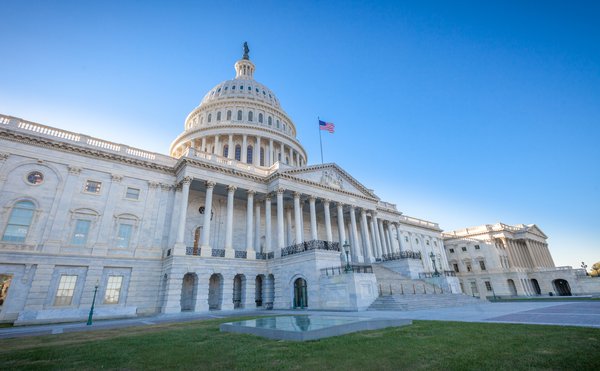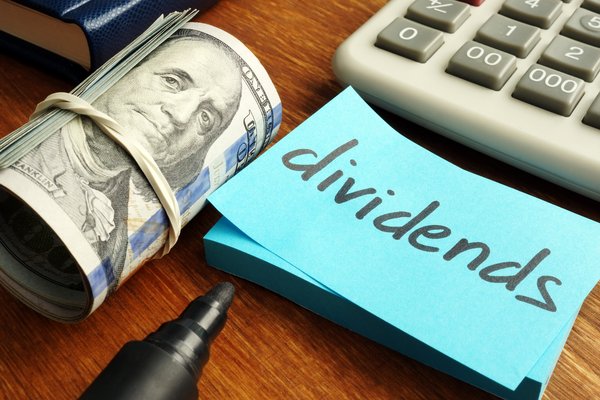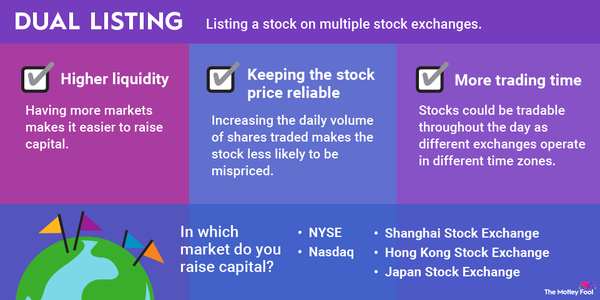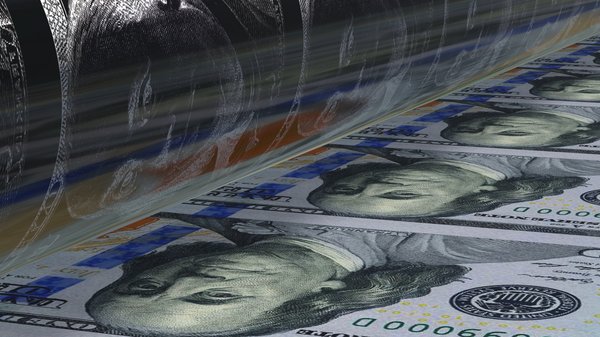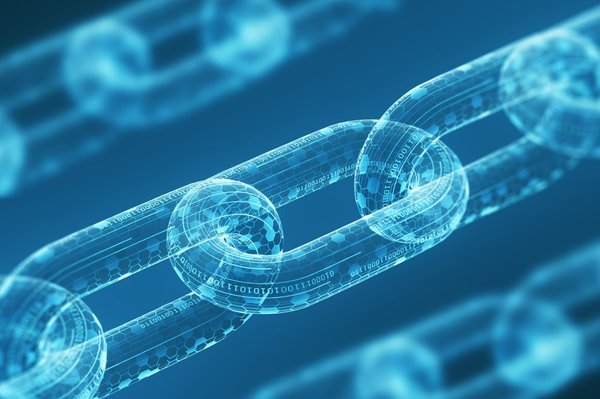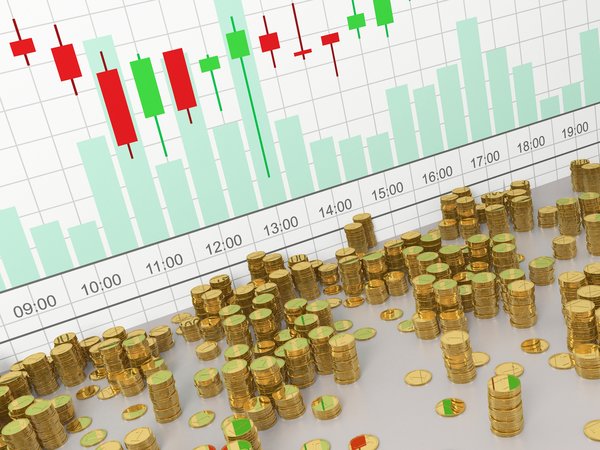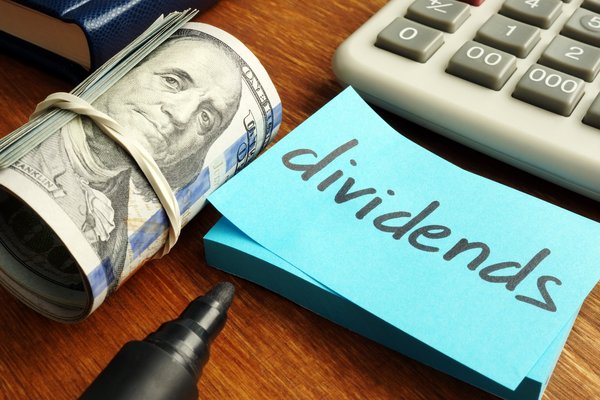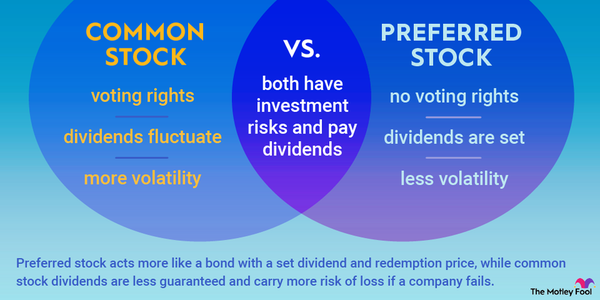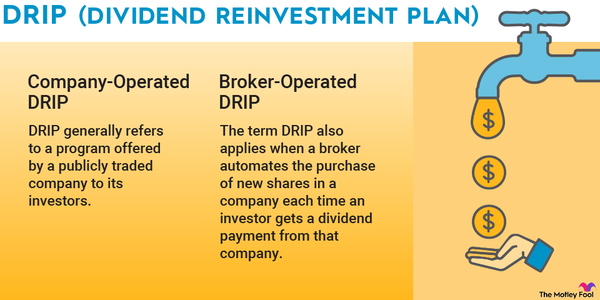The demographic dividend is the period when an economy undergoes a change in the age structure due to declining mortality and fertility rates, generally brought on by the transition from a rural, agrarian economy to an industrialized one.

Definition
What is the demographic dividend?
As countries shift from rural, agrarian populations to more industrialization, two important things often occur: Birth rates fall, while the proportion of working people in the total population increases.
To put it another way, a gradually older but more economically productive society emerges, resulting in a "demographic dividend" as the working population -- and per-capita income and wealth -- grows more quickly than the total population.
Historically, birth rates in less-developed countries are higher. This means a smaller percentage of the population is available to work, and more of the economic output must go to providing for those who aren't able to contribute to productivity.
Yet, as economies become more developed, birth rates and child mortality fall. With accelerated growth in an emerging economy, the society goes through a period of time where more of the population is old enough to contribute to economic output, while a smaller and smaller portion is made up of either people who are too young or too old to work.
How long does it pay off?
How long does the demographic dividend pay off?
The demographic dividend can pay off in different phases indefinitely. Birth rates don't fall immediately, but over a period of many years, as more of the population enters working age and then begins having fewer children. And as mortality rates begin to fall -- a product of more resources being freed up, more wealth and income, and better access to nutrition, healthcare, and sanitation -- the percentage of the population that's in the labor force continues to grow.
The International Monetary Fund describes this first dividend as a "transitory bonus," largely just the result of the shift to an older, working-age population. But while it's transitory, it's certainly not short, lasting for five or more decades.
Many economies also benefit from a second demographic dividend. As that working-age population begins to experience increased life expectancies, it begins to see a future beyond work, along with a need to pay for that future.
In other words, as workers age, they begin to focus on asset accumulation and wealth creation. This second demographic dividend, depending on incentives, policies, and economic opportunities, can last indefinitely as long as policies and economic opportunities exist to support it.
What happens when it ends?
What happens when the dividend demographic ends?
While most developed economies are still seeing some benefit from the second phase, if not the first phase of the demographic dividend, there is certainly the risk that falling fertility and mortality rates eventually swing the demographics too far in the other direction, where an increasing portion of the population is beyond working age.
As a result, the society can be back where it was many decades before, with a large and potentially growing portion of the population unable to contribute economic output but needing care. Countries that have already experienced some of the impact of this shift in demographics include Japan, with a very low birthrate and an increasingly aging population.
Yet, while the demographics in many of the economies that have benefitted greatly from the first phase of the demographic dividend have shifted into the second phase, advances in technology, automation, and healthcare are keeping those economies functioning and healthy. They may not be in the same phase of per-capita income and wealth growth as in earlier decades, but the outcomes for members of those societies are still considerably improved.
Related investing topics
Example
The demographic dividend in the real world
The U.S. is an economy where the demographic dividend has paid off and continues to deliver, well, dividends. Near the turn of the 20th century, the Industrial Revolution was the catalyst that began moving America away from a rural, farming-centric society to an industrialized one.
Since 1960, the U.S. birth rate has fallen by more than half to around 11 per year per 1,000 people. And while Americans aged 59 or older make up 26% of the population, baby boomers now are a smaller percentage of the total than both Millennials and Generation Z. The U.S. also continues to benefit from older people working for longer. The labor force participation rate, while down from its peak in 2000, is still higher now than it was in the 1970s.
The U.S. has also benefitted from the second phase of the demographic dividend overlapping with the first. While making up only about 26% of the population, older Americans hold more than 61% of its $165 trillion in assets. Not only will this wealth provide for their needs when they leave the workforce, but an estimated $84 trillion of it will be inherited by younger generations over the next two decades.



